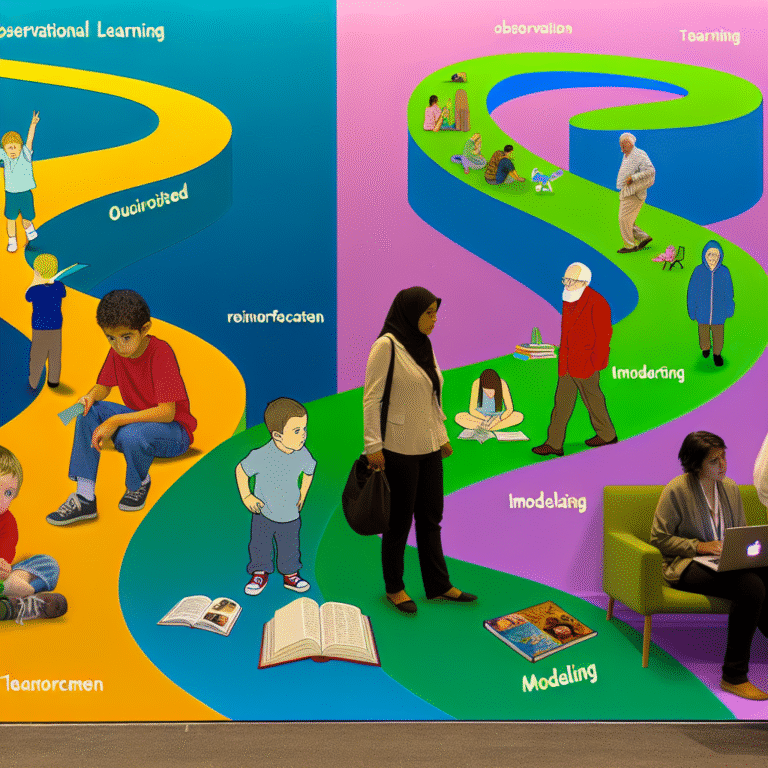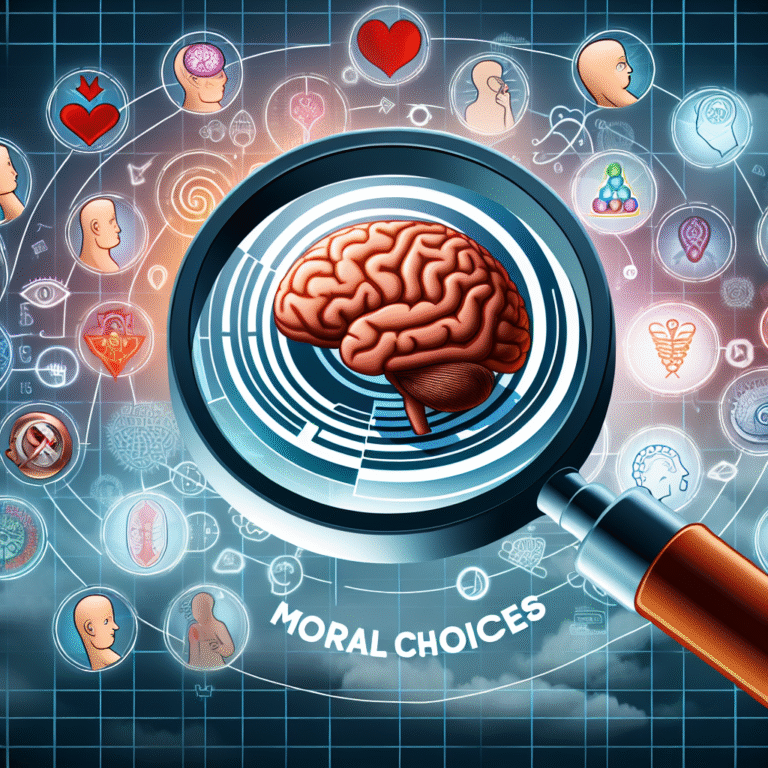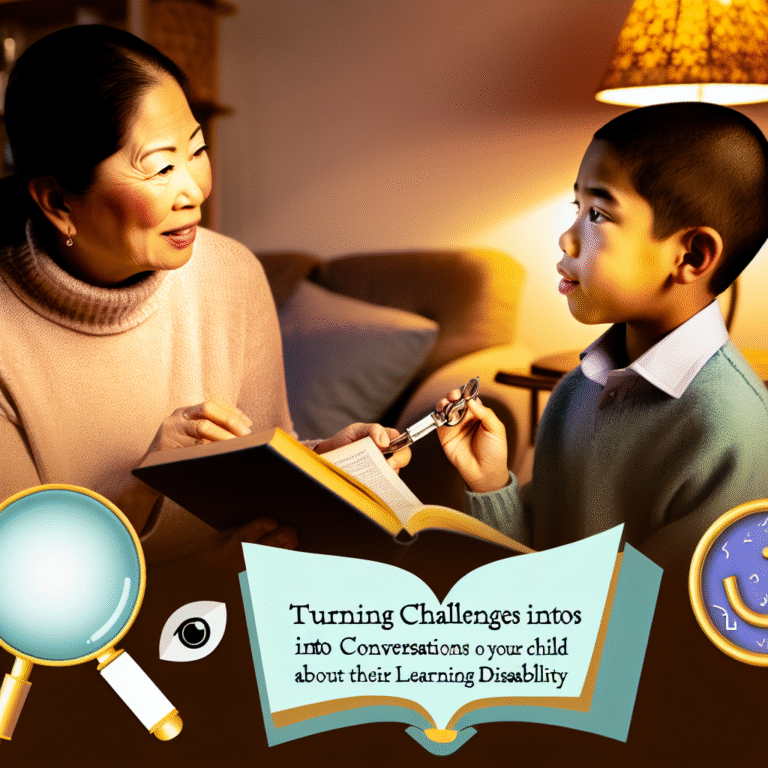
Introduction
Aggression is a complex behavior that has intrigued scientists, psychologists, and philosophers for centuries. With increasing rates of violence in society, understanding aggression has never been more essential. Cognitive and Biological Perspectives on Aggression: Bridging the Gap explores the multifaceted nature of aggression, considering both cognitive processes and biological underpinnings. This article will uncover how these perspectives interact, offering insights into prevention, management, and the potential for intervention in aggressive behaviors.
The Dual Foundations of Aggression
The study of aggression can be divided broadly into two perspectives: cognitive and biological.
Cognitive Perspectives
Cognitive theories suggest that our thoughts, beliefs, and values profoundly influence how we act. For instance, the Social-Cognitive Learning Theory posits that individuals learn aggressive behaviors by observing others, particularly role models. A student’s aggression might arise not only from their environment but also from how they interpret their experiences.
Biological Perspectives
On the other hand, biological perspectives frame aggression as instinctual, potentially arising from genetic, neurological, and hormonal factors. For instance, neurotransmitters like serotonin and dopamine play vital roles in regulating mood and aggression. Human aggression could stem from evolutionary mechanisms designed to protect resources, secure mates, and establish dominance.
Bridging Cognitive and Biological Perspectives
It’s essential to view cognitive and biological aspects of aggression as interconnected rather than isolated. The interplay between genetics and cognitive processes shapes an individual’s predisposition to aggressive behavior. For example, consider a person with a genetic inclination toward impulsiveness—this biochemical trait might interact with environmental factors, leading them to interpret a social slight as a direct challenge, thus provoking an aggressive response.
Case Study: The Role of Childhood Experiences
A critical aspect of aggression emerges during childhood development. Numerous studies indicate that adverse childhood experiences (ACEs) significantly increase the likelihood of aggressive behavior later in life.
Case Study: The Adverse Childhood Experiences Study (ACEs Study)
This landmark study analyzed the long-term effects of childhood trauma, such as neglect or exposure to violence, on adult health and behavior. The findings showed a strong correlation between ACEs and increased aggression, addiction, and mental health issues. This case study emphasizes the cognitive perspective, demonstrating how early experiences shape cognitive frameworks for interpreting conflict and aggression.
Cognitive Processing of Aggression
The cognitive aspect of aggression can be broken down into three main areas: appraisal, interpretation, and response.
Appraisal
Individuals assess situations based on their past experiences, beliefs, and social context. For example, a person who has frequently experienced injustice may view a neutral comment as offensive, escalating the potential for aggressive behavior.
Interpretation
Once a situation is appraised, the individual interprets the perceived threat. Thoughts such as “I must defend myself” can lead to an aggressive response. Cognitive distortions, like overgeneralization or catastrophizing, often play a pivotal role.
Response
Finally, the response can either be aggressive or non-aggressive. Cognitive Behavioral Therapy (CBT) is often employed to help individuals reframe their thoughts and reduce aggressive tendencies by changing how they interpret situations.
Biological Influences on Aggression
Neurotransmitters and Hormones
Biological influences on aggression extend to genetic predispositions and hormonal fluctuations. Research indicates that low levels of serotonin correlate with increased aggression.
Table 1: Neurotransmitters and Their Relation to Aggression
| Neurotransmitter | Effect on Aggression |
|---|---|
| Serotonin | Inhibits aggression; Low levels increase impulse control issues |
| Dopamine | High levels can increase reward-seeking behavior, potentially leading to aggression |
| Testosterone | Linked to higher aggression levels, especially in competitive environments |
Brain Structure
The amygdala, a small almond-shaped structure in the brain, is often referred to as the “aggression center.” Its role in emotion regulation and threat detection indicates how biological systems can predispose individuals toward aggressive behaviors.
Integrating Perspectives: Neuropsychology and Social Learning
To effectively understand aggression, it is crucial to integrate both cognitive and biological perspectives. Neuropsychological studies reveal that damage to specific brain areas can alter aggression levels.
Case Study: Phineas Gage
The famous case of Phineas Gage, who survived a severe brain injury that altered his personality from calm and responsible to impulsive and aggressive, highlights how brain function intertwines with behavior.
Real-World Applications
Understanding the interconnectedness of cognitive and biological perspectives can lead to effective interventions in various settings, from schools to correctional facilities.
Educational Interventions
In educational settings, programs that teach conflict resolution, emotional regulation, and cognitive reframing can reduce aggressive behavior in students.
Therapeutic Approaches
Therapies like Cognitive Behavioral Therapy (CBT) target distorted thinking patterns while acknowledging biological factors that contribute to aggression, like hormonal imbalances or impulse control issues.
Data and Trends: Aggression Over Time
Chart 1: Trends in Violent Crime Rates Over the Last 50 Years
This chart illustrates the fluctuation of violent crime rates, reflecting changes in societal factors, economic conditions, and psychological understanding over time. Lower crime rates in the past few decades indicate the effectiveness of cognitive-behavioral interventions and community programs.
Conclusion
The exploration of aggression through the lens of both cognitive and biological perspectives offers a comprehensive understanding that can lead to more effective prevention and intervention strategies. By acknowledging the complexity of aggression, we can take actionable steps toward reducing its prevalence, shaping a healthier society.
FAQs
1. What role do genetics play in aggression?
Genetics can influence aggressive traits, particularly through inherited predispositions to impulsivity.
2. How can cognitive therapies reduce aggression?
Cognitive therapies help individuals reframe negative thoughts, leading to more constructive responses rather than aggression.
3. Are there specific brain regions associated with aggression?
Yes, the amygdala is primarily associated with aggressive responses, along with other areas that regulate emotion and impulse control.
4. Can medication lower aggression levels?
Certain medications, particularly those that influence neurotransmitter levels, can help manage aggressive behavior.
5. Is aggression always negative?
Aggression can serve adaptive purposes in specific contexts, such as self-defense; however, uncontrolled aggression is typically viewed negatively.
Through a deeper understanding of Cognitive and Biological Perspectives on Aggression: Bridging the Gap, we can pave the way for informed interventions that attend to the needs of individuals and improve societal dynamics.















